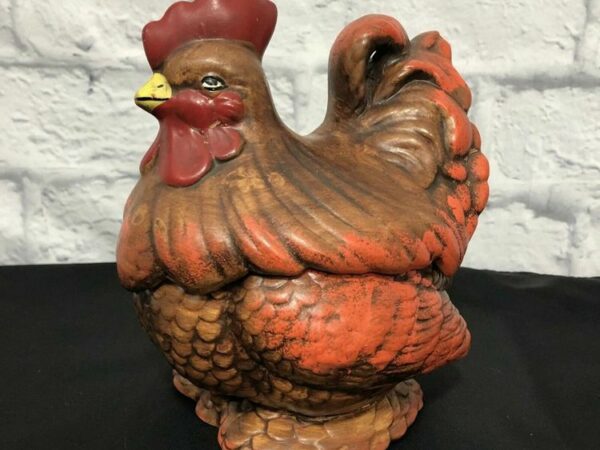In a world where minimalism is gaining popularity, antique picture frames are the best option to make your photos or mirror stand out and beautify your wall. Not only are they pieces of history, their unique designs and materials make them valuable collectibles.
Deciding which antique frame to pick as a new collector is tricky, however, it’s a learnable art.
In 2017, Lowy reported that a 16th-century Italian-made frame housing Leonardo Da Vinci’s Christ as Savior of the World portrait sold for $450.3 million at a private Christie’s auction.
You might not make as much as that from investing in an antique picture frame collection, but this guide will put you on a path to making thousands of dollars. We’d show you how to choose frames that will spin money.
Table of Contents
Brief History of Antique Picture Frames
Church Hill Classics puts framing history at 2nd C. B.C. during the Etruscan Cave paintings’ border period. Their original purpose was to display art; they needed to appeal to onlookers without overshadowing the focal point.
Antique frames became popular between the 19th and 20th centuries, although their origin dates back to the 15th C. (c. 1423) and even further to the Egyptian empire of 50 – 70 A.D. per Frame Destination.
In the 17th C. French frames were first made of papier-mache, a.k.a. plaster, before moving to wood such as Oak, Pine, Walnut, Chestnut, and Poplar. They were popular in the cathedrals and museums for displaying iconic artwork.
By this time, framing was attributed to luxury and wealth as the elite commissioned customized frames made of the highest quality materials.
The frame styles were also signs of class because elaborate designs on frames such as the Baroque, Rococo, or Victorian gold frame belong in high society homes, while plain wood frames were for the masses.
However, the mass production era of the mid-1920s to date caused a decline in handcrafting, leading the O.G. frame styles to go extinct.
Consequently, consumers developed an interest in collecting these rare and almost lost items. You’re here because you fall in that category, and we’ll help you in nurturing your new hobby.
Below is the evolution of the antique picture frame style.
Antique Picture Frame Styles
Distinguishing between antique picture frame styles will help you identify authentic models on the market through age. To aid in this identification process, we’ve listed seven significant eras of antique picture frames to aid your collection.
| Style | Year (Century) |
| Italian Cassetta | 15th C. |
| Baroque | 1600 – 1750 |
| Rococo | 1740 – 1770 |
| Gilded | 18th C. |
| Victorian | 1820 – 1914 |
| Art Nouveau | 1890 – 1910 |
| Art Deco | 1908 – the 1930s |
| Vintage | 1940 – 1972 |
Italian Cassetta Frames (15th Century)
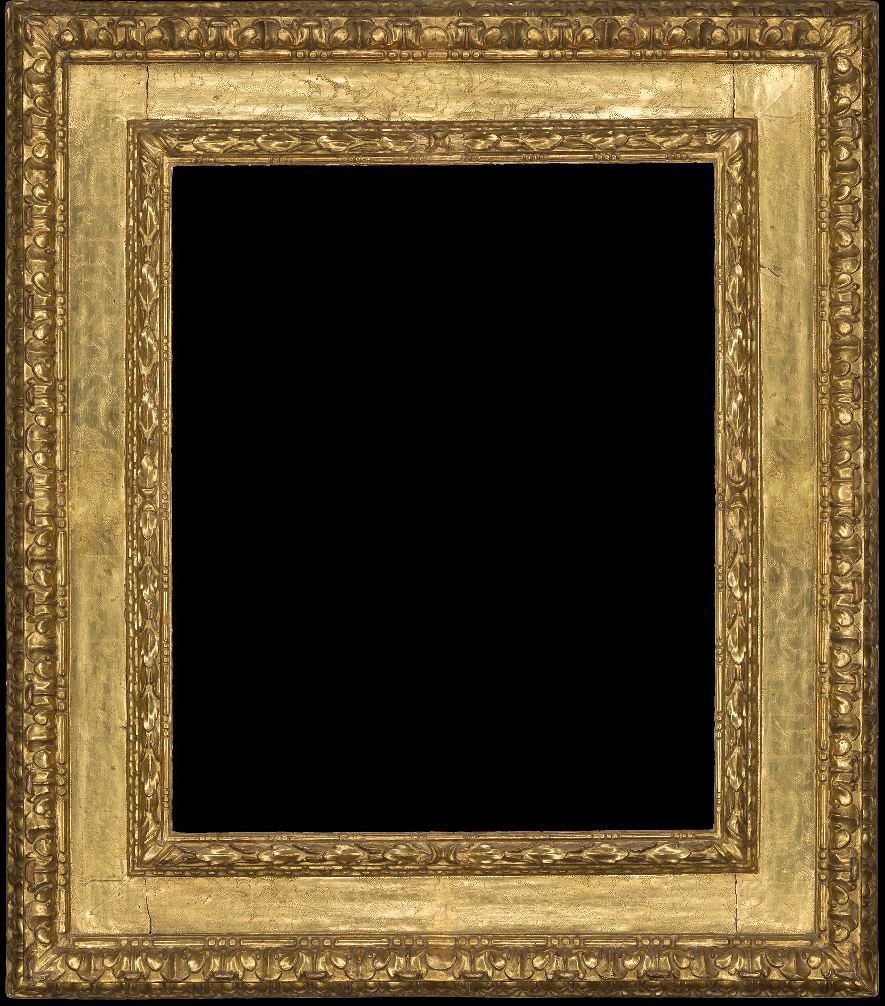
The Italian Cassetta frame of the 15th Century is simple and minimalistic in design. Lowy calls it contemporary artwork because it catered to the masses and housed basic paintings/pictures.
A cassetta in Italian meant a small box, which was so named because of its design. The cassetta had two different uneven molds held by a flat band called the frieze and Its body took on many designs, from carved wood to painted and gilded frames.
Because of their simplicity and ease of creation, these old frames lasted from the 15th Century until the 17th Century, when a new style became popular.
Baroque style frames (1600 – 1750 a.k.a. Louis XIII – XVI)
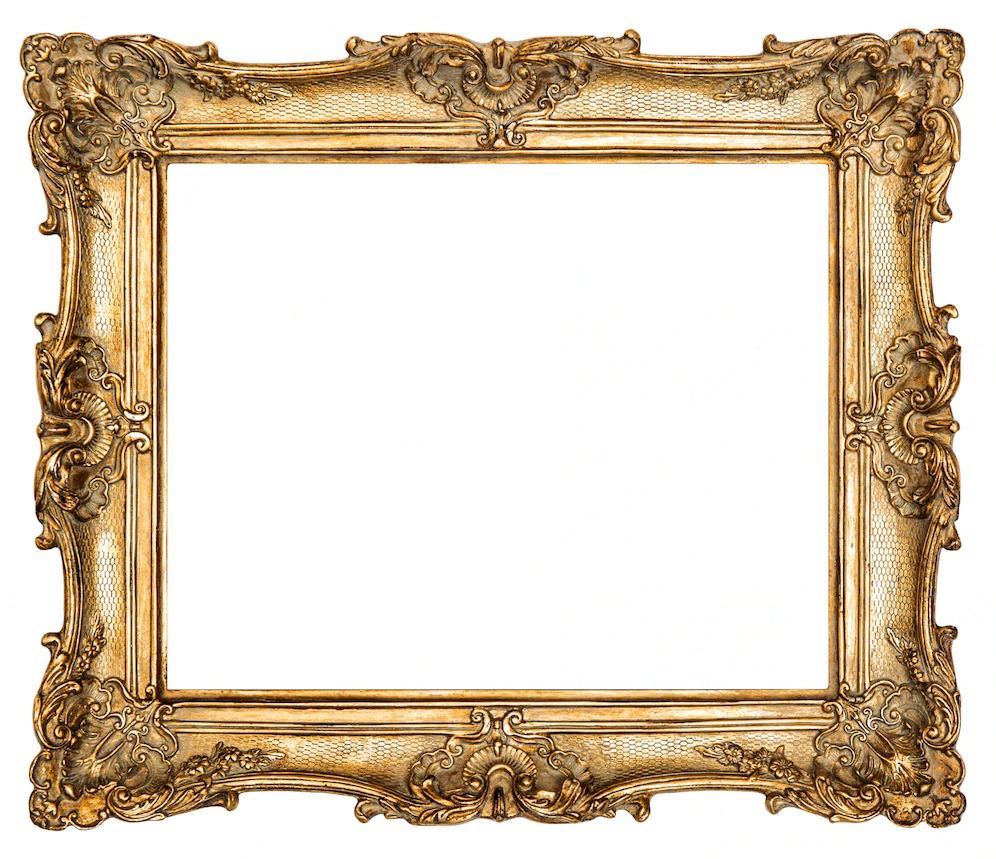
When you think of Baroque frames, picture the high art from the 17th to mid-18th century because that’s what you get from that era. It’s the earliest documentation of ornate frames where every décor added to its surrounding architecture.
These picture frames were typically made of gold leaf with gilding technique, however, cheap alternatives like orange hue, bronze, or gold finish applied thickly worked fine in economic cases.
You’d often see this design with elaborate details on the body formed in a rectangle – the classic shape. There were rare squares, ovals, and circles, but those were often made on-demand.
Even though it follows a structure, the Baroque era picture frame had irregular gilding. Thus each frame had unique designs distinguishing them from each other.
Rococo Style Frame (c. 1740 – c. 1770)
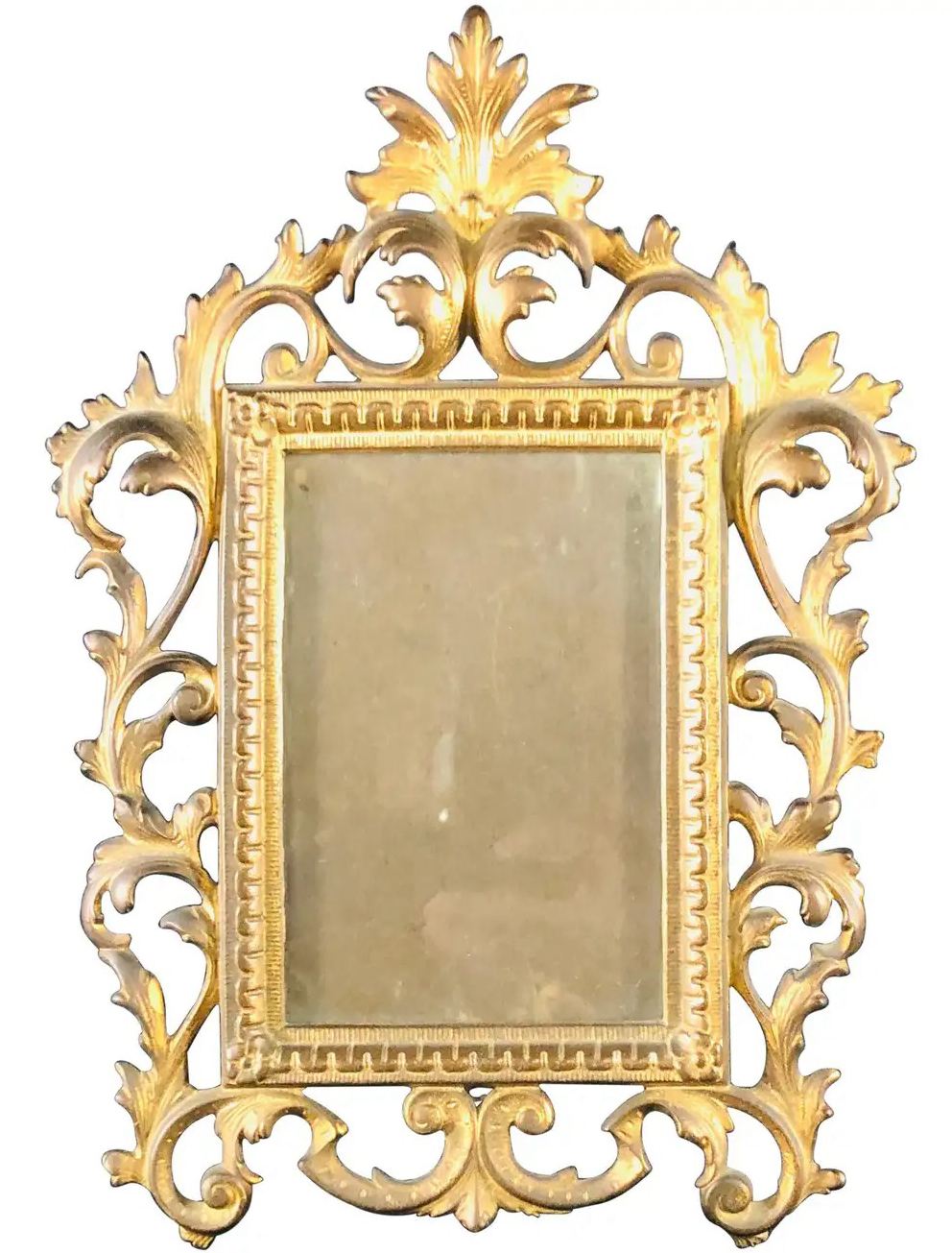
Britannica puts the Rococo era as part of the Baroque period, which often confuses non-art historians. The distinguishing factor is that the former occurred at the tail end of the latter in Paris and Italy.
Rococo-style frames are a lighter take on the more ornate Baroque frames, and they earned their name from the French word Rocaille meaning a “shell-covered rock.”
It was a response to the growing critique of its predecessor, the Baroque style frames, as artisans tried to make the designs more intimate and less frivolous.
Unfortunately, the minimalistic approach didn’t take, and they soon phased out completely, giving way to the Gilded Style Frames.
Gilded Style Frames (18th Century)
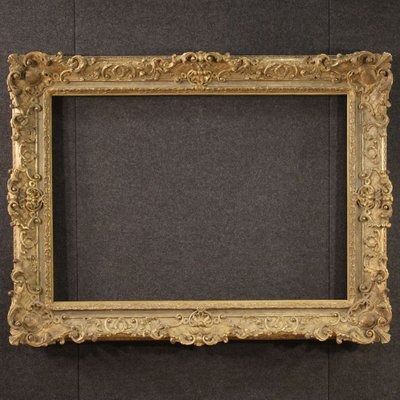
The Gilded era celebrated luxury; thus, every accessory and furniture was evidence of such wealth. Frames doubled as art pieces apart from their original purposes. It was a spillover of the Baroque and Rococo eras from Europe into America.
As the era was dying in Europe, it gained new life in the United States thanks to returning war veterans bringing keepsakes.
Also, it wasn’t anything like its predecessor. The American gilded frame took inspiration from the French. So, the antique frames from that Century typically had elaborate detailing and designs. The hardware was also high-quality metals such as real Gold, Silver, and Bronze.
Victorian Era Picture Frames (1820 – 1914)
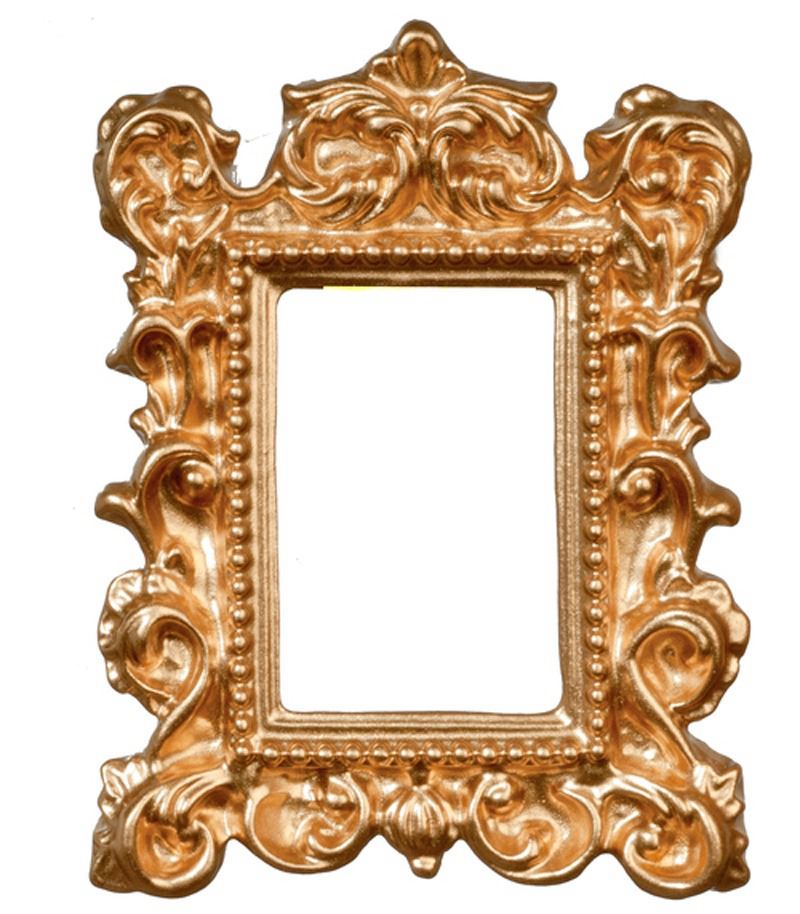
According to Britannica, the Victorian era was a class-based society, so the artwork of that period indicates the previous owners’ social statuses.
Because the Victorian era was also the period of the industrial revolution, Victorian Frame Company says, many of the items were made from molded, pre-finished, and pre-cut parts. Artisans then used plaster to secure the moldings and gilding on the frame
Art Nouveau Frames
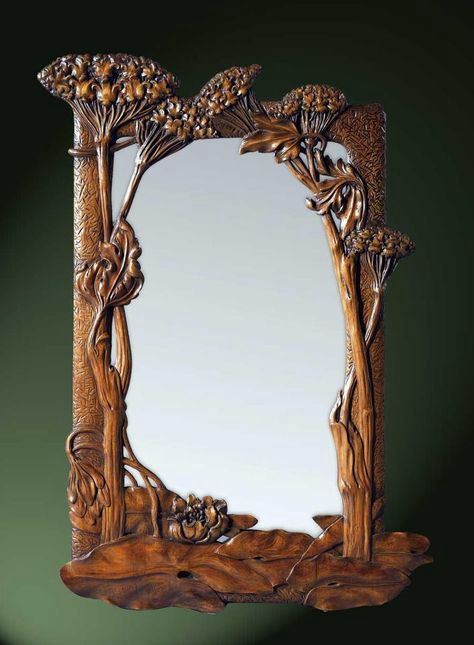
After the World Wars, the Victorian Era’s extravagant show of wealth became a thing of the past. Architecture and Artifacts became less ornate and more minimalistic.
The Art Nouveau era thus birthed the use of everyday materials like tree backs, branches, wood, and vines into picture frames.
Art Deco Frames
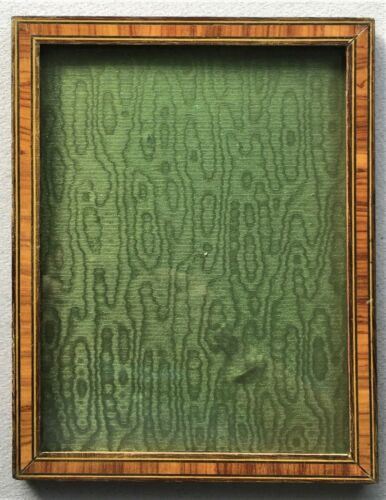
Towards the turn of the century/millennium, manufacturers switched to an even simpler furniture style. Besides the consumers’ tastes changing, designers no longer relied on craftsmanship because machines took over and introduced mass production.
Art deco frames had a geometric design that focused on dimensions and proportions instead of free-flowing artistic discretion like the era before.
It gained popularity during the American Arts and Crafts movement, where homemade designs made with natural materials were encouraged over “wasteful opulence.”
This era also had frames made of wood since they were the most accessible raw material for new and novice artisans.
Vintage Picture Frames
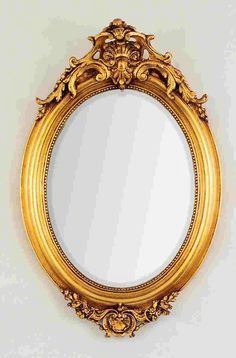
While antique frames are the focus of this guide, it’s important to note that vintage picture frames can also be valuable.
They’re ideal for holding mirrors because the framing is modern and delicate and wouldn’t overshadow convex glass.
How to Identify An Antique Picture Frame
With your new knowledge of the styles of picture frames, you’re halfway through your identification process. Now, we’ll take you through the more intricate details of discerning a real old picture frame from a reproduction.
Learn About Norms and Age
Each era had a system of doing things, which you could use to your advantage. Learning artisans’ historical significance and popular practices go a long way in identification.
Which Material Was Popular in Each Period?
For example, antique picture frames made pre-19th Century (1800) were typically made of wood. There are, however, exceptions, such as the Baroque era, which used expensive metal leaf designs on its frames.
How did the Picture Frame Size Progress?
Another important identifier is the size because picture frames weren’t always designed as ovals or other quirky designs. The classic shape is a rectangle in portraits of landscapes and a square in the case of the Italian Cassetta.
Another example is the framed mirror which had a length/width cap of 2 ft before the 1900s because new techniques for production didn’t develop until then.
Inspect the Material
Materials are a dead giveaway for any supposed antique item because of the evolution of style over time. Like there are trends today with clothing and technology, you can trace the origin of an antique frame through the material’s trend.
Search the joints for old hardware such as wooden bolts and nuts fastened by hitting hammers down. On the contrary, reproductions use modern hardware like steel bolts and nuts and neat welding.
Wooden Frames
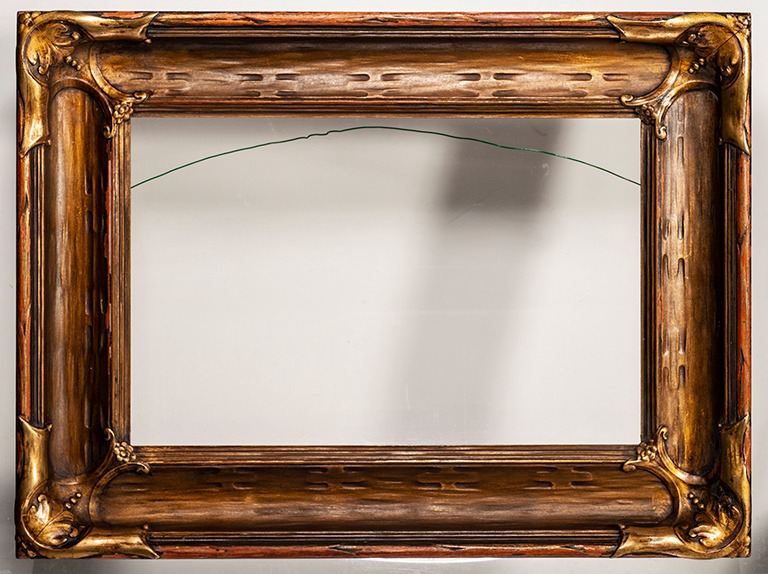
Assessing a wooden frame’s age is easy because wood as a raw material reacts to nature and time. Humidity, for example, makes it damp, which causes shrinkage and smell. An old wooden frame should have signs of wear and tear, such as light scratches and marks.
Be wary of new paintings on supposed gilded frames because that’ll diminish its value.
Tip: Authentic antique frames from the Gilded age have gold leaf gilding.
You can also check the assemblage for signs of craftsmanship or mass production since original pre-Victorian era designs used handmade joints.
Plaster and Composite didn’t become popular adhesives on frames until the 1800s. They’re typically lighter than pure wooden frames.
Metal
Using precious metal as gilding for frames was typical of the old days. Artisans got creative with their art, from gold to bronze, silver, and ordinary metals like copper.
Metal as a material is synonymous with the early European frames, a.k.a. Baroque, Rococo, and later the 19th Century (Victorian period).
Paper
Old paper has a peculiar odor (musty and musky) like wood, so make sure it doesn’t smell fresh. Then, check the edges for fraying and yellowing from years of resting on a wall and reacting to nature.
The paper part of a frame also holds writings signifying the manufacturing dates and maker’s mark, but it’s often in a fine print.
Glass
If you’re inspecting an antique glass frame, include a glass assessment in your appraisal. Check for bubbles, discoloration, spots, and uneven edges, which result from aging.
The latter sign is consistent with glass in a wood frame since wood contracts and expands based on humidity.
Also, the techniques for creating mirrors in the early days were crude and produced imperfect glass. Original glass formed in the 1500s till 1770 typically has hints of Mercury that cause crystallization and sparkly reflections.
The keyword here is handcrafting, so know that anything designed during the mass production era, which started in the 1920s, is most likely machine-created.
Identifying Reproduction Frames
Due to the popularity of certain designs, reproduction frames are inevitable hazards of antiquing. You won’t always easily spot them, but with knowledge and practice, you can.
Reproduced frames are often mass-produced with tell-tale falsified aging signs, unlike early frames, with authentic signs such as neat gilded lines and shiny metal surfaces after restoration.
On the other hand, fake antique picture frames will often react with chemicals used in restoration. You may observe peeling of the gold leaf or fading patina.
Check for Brand Names
Although it’s uncommon with antiquated frames, you can check the back for etchings of the creator’s name alongside the manufacturing date.
You can also inspect the artwork or painting inside the frame, but that’s unreliable because there’s no guarantee that it hasn’t changed.
As explained above, search the artwork, painting, or paperback for the mark written in small print. Reproductions often contain forged marks, but you can use them by comparing the inking (ensure it’s not fresh) and other authenticated marks (ensure it’s the same. )
Are Antique Frames Worth Anything?
Antique frames made of high-quality materials are worth thousands of dollars. Asides from the tips you’ve picked up from this guide, it’s best to hire an appraiser or request an authenticity certificate before splurging on your chosen antique frame.
Identifying the Value of an Antique Frame
Instead of relying on one factor, the features of an antique frame determine its market value. Hence, you must analyze everything that makes up the frame individually during appraisal before attributing a bottom-line figure.
Here are some questions to help your assessment before collection.
What Material Was Used in Making the Frame?
Unlike bronze paints which will fade, genuine gold or other precious metals like silver create a shine that never wears out with age. So, check the gilding lines for orange hue, which is a sign of metal leaf – a frequent alternative for gold gilding.
These gilding processes took time due to the hands-on application hence the high value. Plaster and Composite adhesives (Compo) reduce the value of an antique because it’s a strong indication of recency, a.k.a. post-19th Century or worse, reproduction.
Old wood frames also fetch a few thousand dollars, especially pre-19th century models made of rich wood such as Mahogany or Oak. You can sell an ornately carved wood frame for an even higher rate, although it’s rare, and that’s another value-adding factor.
The most valuable wooden frame is the Italian Cassetta style made in the 1600s because it’s one of the original picture frames. Finding one in excellent condition is a real catch.
With framed mirrors, the glass’ quality is a priority when determining value. As a seller, it’s best to leave the original glass intact as restoration can depreciate the value. Allow the buyer to decide whether or not to refurbish the old frame.
Does Rarity Mean Exclusivity?
The biggest appeal of antique picture frames is the one-of-a-kind characteristic that tells the owner or potential buyer they’re special. Hence, unique frame models fetch top dollar.
Sellers also know how important rarity is during the sale, so ensure you have the real thing before paying. If a seller presents an antique picture frame to you as a rare model, but you can find more than five similar styles on the internet, it’s most likely a reproduction.
How Intact is the Original Material?
Antique picture frames in excellent condition are valuable for obvious reasons. However, other categories fetch decent fees on the market, such as frames in good condition. The only thing that’ll heavily depreciate the value is severe damage.
One of the factors that make high-quality materials preferred is their durability. After all, an antique frame withstood the test of time to survive through centuries deserves every value it accrues.
Regardless, there’ll still be slight wear and tear that signify its age, such as patina and scratches. With an antique wooden frame, search the corners for wormholes and serious damage as they depreciate the value even though the former is a good sign of age.
Antique picture frames with valuable pictures still inside would surely fetch high prices. Then, you can decide to keep the content or replace it. Popular online auctioneer 1stdibs sells antique frames with pictures and paintings as high as $500,000 to $1 million.
On the other hand, vintage frames sell for $10,000 to $50,000 without pictures inside.
Size matters, but not Always
Since the intrinsic purpose of an antique frame is to hold pictures, art, paintings, and mirrors, the size matters, however, there are exceptions to this general rule due to other influencing factors such as design, material quality, maker/brand, and historical significance.
You’d expect a bigger frame to sell for higher prices at face value because its material consumption is more than a smaller model. Also, it accommodates wider subjects (pictures or glass) depending on your interest.
One of the exceptions to the bigger frame rule is the renaissance Italian Cassetta style because they’re antique frames that date back to the 1600s. The shape can also be a determinant since some of them are rare.
Style Always Matters
Now that you can identify antique picture frames based on their style and era, it’s important to know that each historical period holds different significant values.
Some styles are more available than others making them less valuable frames. As a rule of thumb, rare designs are worth more in the market. You should note that style differs from material or size even though they’re features of the frame.
In this case, the tie-breaker will be the style when two frames have the same production materials and sizes. The more intricate and elaborate the details, the more expensive the frame.
Going by this logic, the Baroque and Rococo style frame sits on the totem pole even though the Cassetta period is before it.
On the flip side, modern frames aren’t typically as expensive as antiques, but some are made of top-quality materials with old techniques that fetch high amounts of dollars.
Is There Any Historical Significance?
A Vera Wang wedding dress is typically expensive and exclusive because the designer has made a name for herself in the bridal industry, and the same applies to antiquing.
An antique picture frame made by a notable artisan will be worth more than one made by an unknown designer. That’s why intact markings and labels are highly prioritized if you’re selling.
They’re the surest ways to prove to your customer that the product is an authentic antique frame made by its notable manufacturer.
Similarly, in the case of second-hand items, if the previous owner was a famous historical figure, that’s an added advantage and a sure value increase.
For a second opinion, consult Antique American Frames: Identification and Price Guide by Eli Wilner and Mervyn Kaufman.
Most Expensive Picture Frames Ever Sold
As you’ve learned, certain factors influence the price of a picture frame, but here’s a list of some of the most expensive ones ever sold.
Salvatore Mundi (Savior of the World)
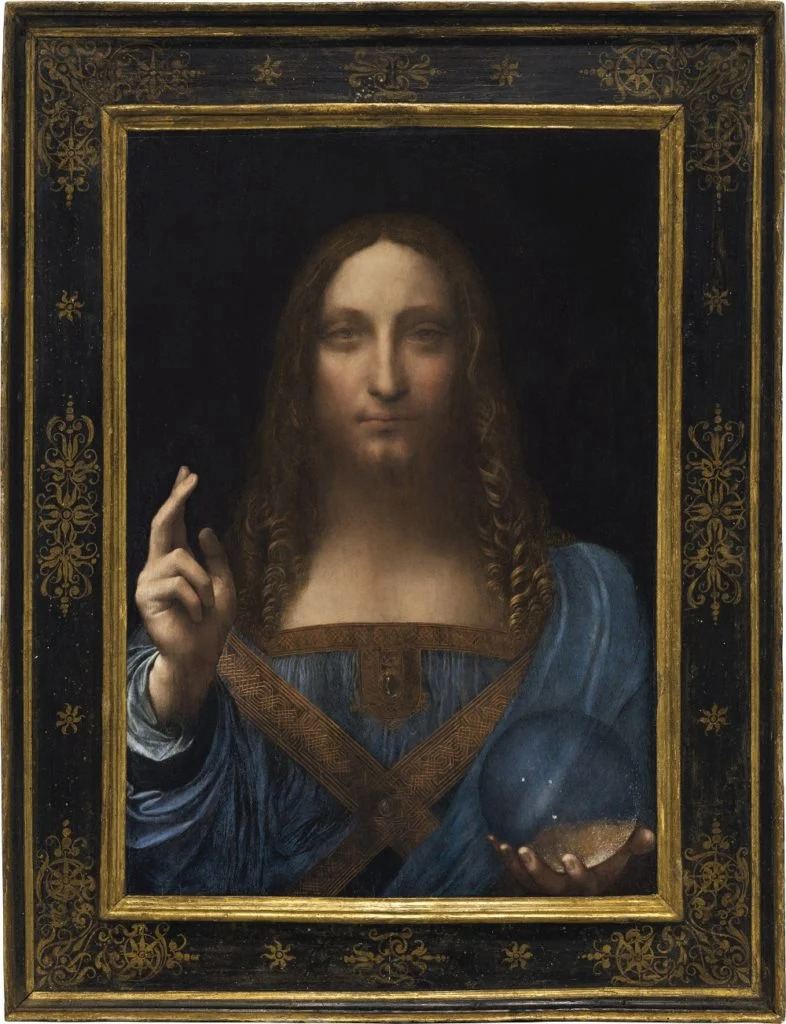
Part of the reason the Salvatore Mundi frame sold for such a whopping amount was because of the art displayed. The Leo Da Vinci painting was presumed lost before its rediscovery in 2017.
Debbie Wingham Diamond Encrusted Frame

A modern frame holding an image of the iconic Burj Khalifa of Dubai is possibly the most expensive design made in the present day. The designer, Debbie Wingham, said it has about 10,000 diamonds encrusting on its circular frame.
Hyundai Digital Picture Frame
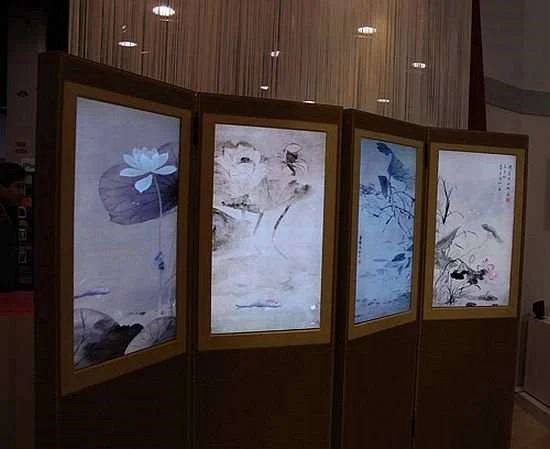
A 4-section paneled frame made by the South Korean brand, Hyundai, is the most expensive digital frame listed for $70,000 per Frint on Frames.
The Frame by Samsung

In 2017, Samsung introduced its groundbreaking television, The Frame, which surpassed any digital or ordinary picture frame. Its smallest design sells for $1,000 to
Final Thoughts
While inspecting, don’t mistake a reproduction frame for a masterpiece relic. You may think it’s impossible since you’ve learned a few tricks here, but it is possible.
Some modern artisans disguise their current frames as antiques using bronze paint and an orange hue as a finish.
You can easily spot it because it’s often applied thickly. So, not every gold finish means it’s an ancient frame. We advise that you use more than one identification method during your assessment.
Answer these questions before determining a valuable frame;
- What are the features of the frame?
- Does the description fit the norm?
FAQs
Q: Are Reproductions easy to Spot?
A: No, reproductions aren’t easy to spot, but you can learn how to by studying this guide. New products and hardware are clearly different from aged pieces based on design, smell, and material. So, pay attention to those factors.
Q: Are Antique Picture Frames Valuable?
A: Only rare designs sell at premium value for obvious reasons, but the average antique or vintage picture frame comes cheap at $20 – $50. Baroque and Rococo models sell at higher values between $300 – $600 on eBay.
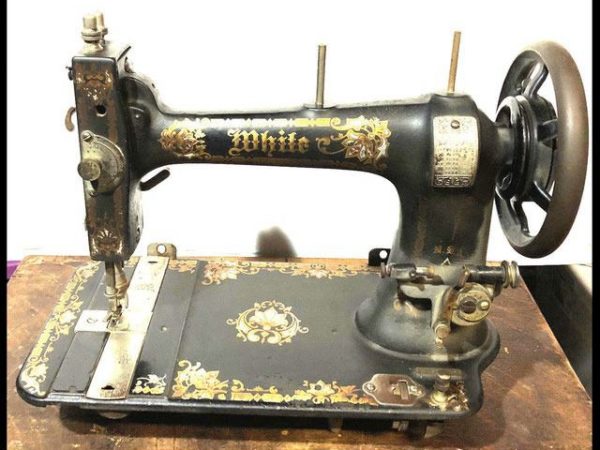
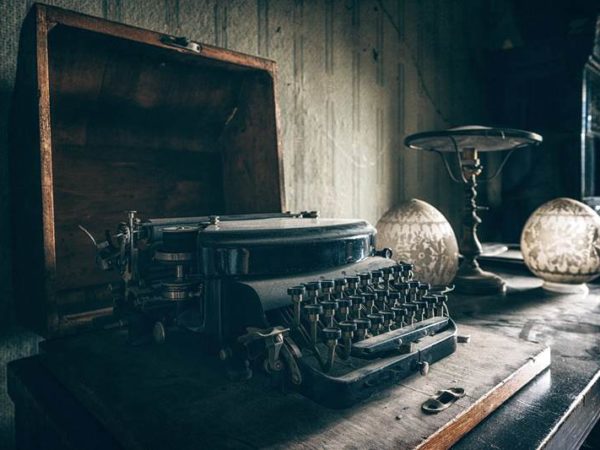
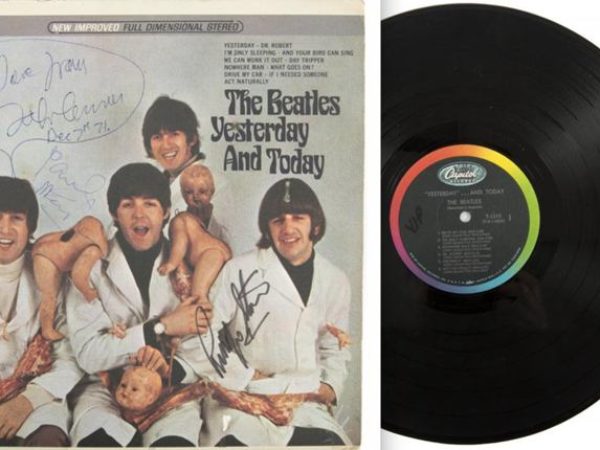

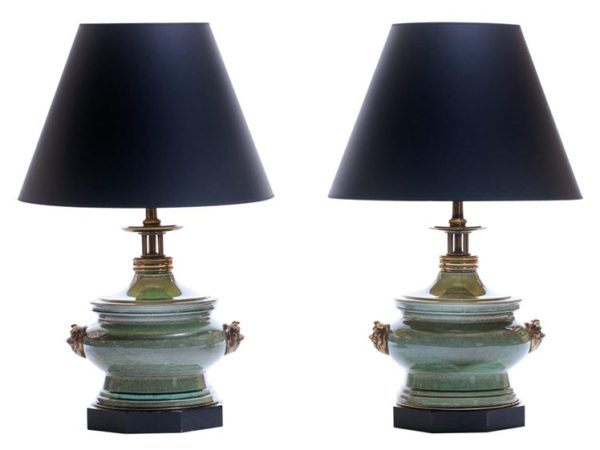
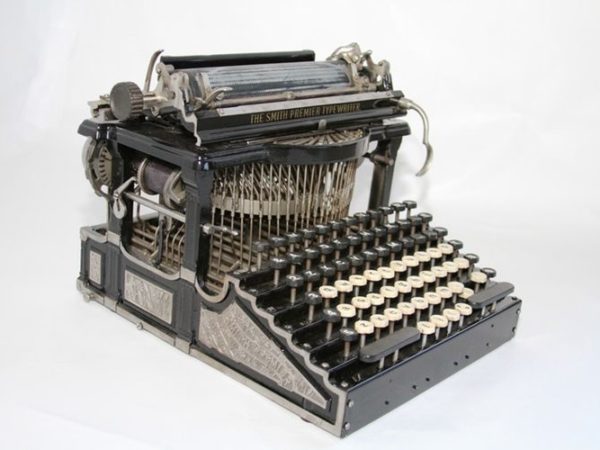
![Vintage Schwinn Bikes: [Types, Identification, and Values]](https://www.txantiquemall.com/wp-content/uploads/2022/05/5.-Schwinn-1967-Ramshorn-Fastback-Stingray-Sky-Blue-vtg-600x450.jpg)
